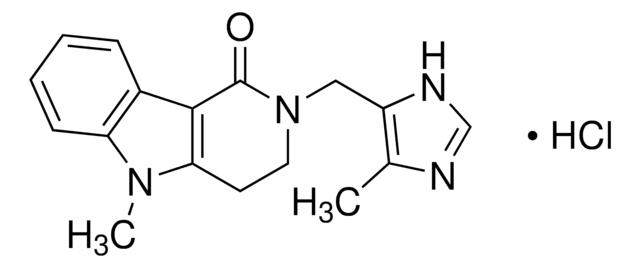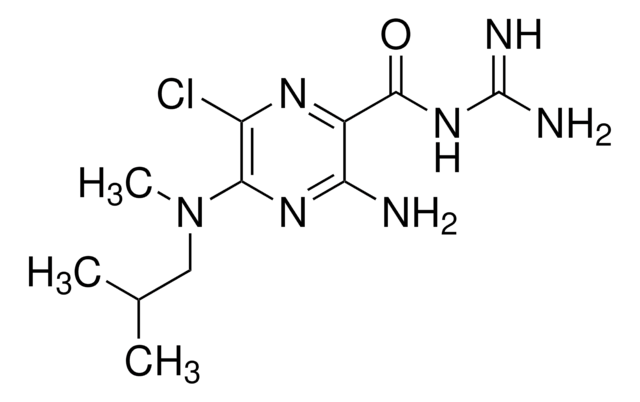This product is soluble in water, as well as aqueous buffers. Solutions are stable for up to three months in working aliquots at -20°C. Avoid repeated freeze/thaw cycles. A product datasheet is not available at this time.
Kluczowe dokumenty
SML1229
2′,3′-cGAMP sodium salt
≥98% (HPLC)
Synonim(y):
2′,5′-3′,5′-cGAMP, Cyclic [G(2′,5′)pA(3′,5′)p], cGAMP(2′-5′), c[G(2′,5′)pA(3′,5′)p] sodium salt
Wybierz wielkość
1220,00 zł
Wybierz wielkość
About This Item
1220,00 zł
Polecane produkty
opis
contains 0.5μmol of powder (approx. 0.335mg)
Poziom jakości
Próba
≥98% (HPLC)
Formularz
powder
kolor
white to beige
temp. przechowywania
−20°C
ciąg SMILES
O=C1N=C(N)NC2=C1N=CN2[C@H](O3)[C@H](OP(OC[C@@H]4[C@@H](O5)[C@@H](O)[C@H](N6C=NC7=C6N=CN=C7N)O4)(O)=O)[C@H](O)[C@H]3COP5(O)=O
InChI
1S/C20H24N10O13P2/c21-14-8-15(24-3-23-14)29(4-25-8)18-11(32)12-7(41-18)2-39-45(36,37)43-13-10(31)6(1-38-44(34,35)42-12)40-19(13)30-5-26-9-16(30)27-20(22)28-17(9)33/h3-7,10-13,18-19,31-32H,1-2H2,(H,34,35)(H,36,37)(H2,21,23,24)(H3,22,27,28,33)/t6-,7-,10-,11-,12-,13-,18-,19-/m1/s1
Klucz InChI
XRILCFTWUCUKJR-INFSMZHSSA-N
Zastosowanie
Działania biochem./fizjol.
Uwaga dotycząca przygotowania
produkt powiązany
Kod klasy składowania
11 - Combustible Solids
Klasa zagrożenia wodnego (WGK)
WGK 3
Temperatura zapłonu (°F)
Not applicable
Temperatura zapłonu (°C)
Not applicable
Wybierz jedną z najnowszych wersji:
Certyfikaty analizy (CoA)
Nie widzisz odpowiedniej wersji?
Jeśli potrzebujesz konkretnej wersji, możesz wyszukać konkretny certyfikat według numeru partii lub serii.
Masz już ten produkt?
Dokumenty związane z niedawno zakupionymi produktami zostały zamieszczone w Bibliotece dokumentów.
Klienci oglądali również te produkty
Produkty
Bioactive small molecules for immune system signaling target identification/validation and antibiotics, antivirals, and antifungals offered.
-
Where can we find information regarding preparation of this product? What do we use to dissolve it? How do we prepare the item? Are there any instructions available?
1 answer-
Helpful?
-
Active Filters
Nasz zespół naukowców ma doświadczenie we wszystkich obszarach badań, w tym w naukach przyrodniczych, materiałoznawstwie, syntezie chemicznej, chromatografii, analityce i wielu innych dziedzinach.
Skontaktuj się z zespołem ds. pomocy technicznej

















